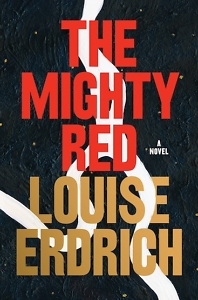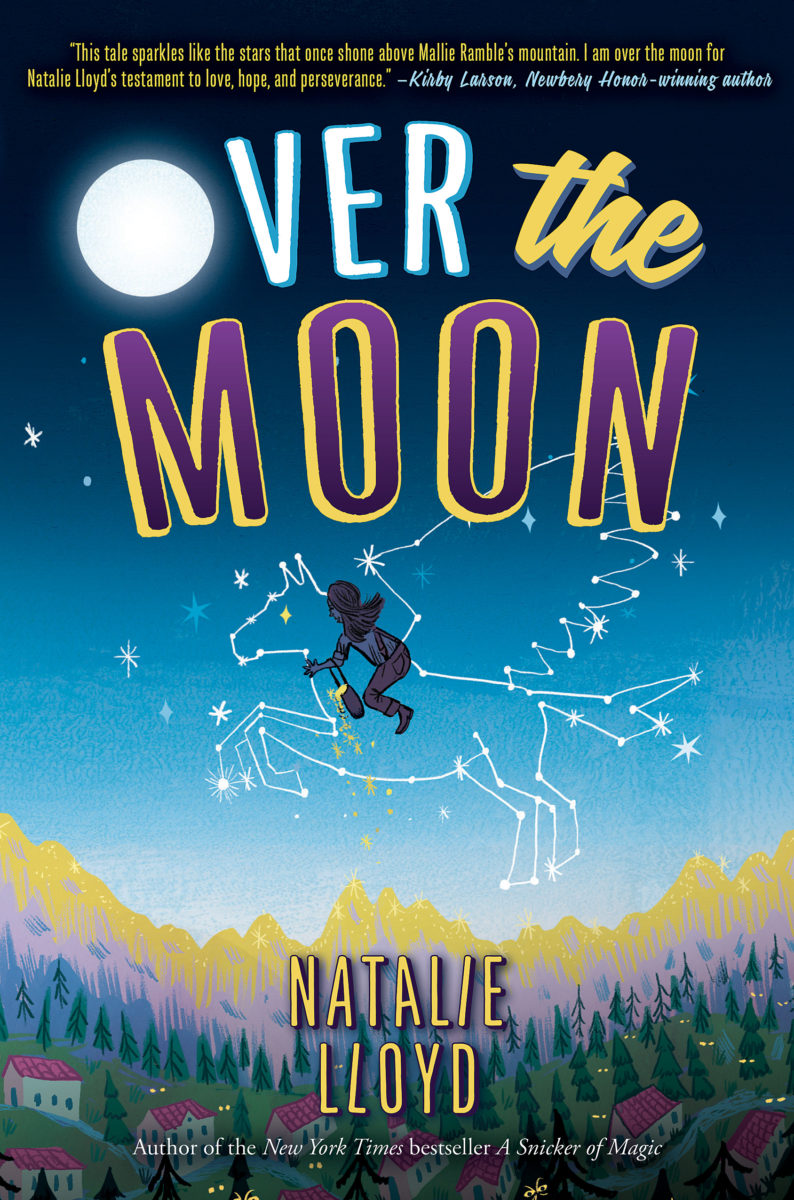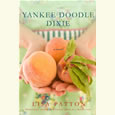The Flood of History
In The Mighty Red, Louise Erdrich’s North Dakota characters survive natural and man-made disasters
Louise Erdrich’s characters learn to make peace with paradox. The people who make you feel safest are the ones most likely to cause you harm — deal with it. The land you love (in this case, the Red River Valley of North Dakota) is filled with the bones of your ancestors who died at the hands of rapacious white settlers. Family members will rob you; strangers will offer succor. Longing and sorrow, desire and hatred, duty and betrayal — Erdrich’s new novel The Mighty Red teems with contradictions that can never be resolved, only accepted and managed.

At the center of The Mighty Red is the unlikely marriage of Kismet Poe and Gary Geist. On the surface, they appear to be nothing alike. She hangs with the small group of Goths at their high school, wearing thrift shop clothing and experimenting with dramatic eyeliner (“manifesting my difference,” in Kismet’s words). Gary is a popular jock, the star quarterback and heir to one of the region’s largest farms. Separated by class (Kismet’s mother Crystal works the night shift delivering Geist farm products), they are further divided by intellectual aspirations, with Kismet making plans for college, while Gary struggles to finish high school. Still, they move toward their wedding day as if guided by spectral forces. Their match may not be heaven-made, but, as young as they are, Kismet and Gary know that in this world you have to live with compromise.
Around the hub of their nuptials, Erdrich, the 2022 Nashville Public Library Award honoree, spins subplots that radiate in many directions. A rival for Kismet’s affections, the quirky-brilliant Hugo, takes online college courses to qualify as a field engineer for Dakota fracking operations, hoping to earn enough money to steal Kismet from Gary. Kismet’s father Martin, a community theater director whose enthusiasm outstrips his talents, has apparently embezzled a church’s construction funds and skipped town. Gary Geist’s parents, Winnie and Div, play the role of local grandees while hiding the scars of childhood trauma, much of it inflicted by Div’s father Sport (Erdrich clearly has fun naming her characters).
Erdrich leaves another key past event — a fatal car accident involving Gary — mysterious for most of the novel. Characters refer to the catastrophe obliquely, though its lingering effects are profound. Winnie has retreated into a shell, avoiding social occasions and ignoring her household, until Gary’s engagement to Kismet brings her back to the living. Gary, hiding from demons of his own, explains his love to Kismet in plaintive terms, “What can I say? I’m scared and you make me feel safe.”
 In The Mighty Red, security is hard to come by. Even the Geists veer close to bankruptcy when drought strikes, and the local economy depends on the viability of the sugar beet, a crop that requires extensive fertilization and pesticides to be profitable. In this way, as Erdrich’s omniscient narrator puts it, “into every teaspoon” of sugar, “the sweetness that pricks people’s senses and sparkles in a birthday cake,” is “mixed the pragmatic nihilism of industrial sugar farming and the death of our place on earth.”
In The Mighty Red, security is hard to come by. Even the Geists veer close to bankruptcy when drought strikes, and the local economy depends on the viability of the sugar beet, a crop that requires extensive fertilization and pesticides to be profitable. In this way, as Erdrich’s omniscient narrator puts it, “into every teaspoon” of sugar, “the sweetness that pricks people’s senses and sparkles in a birthday cake,” is “mixed the pragmatic nihilism of industrial sugar farming and the death of our place on earth.”
The pleasure of reading Erdrich’s fiction includes her periodic reflections on history and her poetic meditations on emotional quandaries. The Poe family and Crystal’s Frechette ancestors are part of the Ojibwe nation, which has lived in the Red River Valley for countless generations. “Their people skirmished back and forth over this territory with the Dakota, and then truced just in time to have it stolen,” Erdrich writes. “Like the mighty red, history was a flood.”
When the flood recedes, though, Crystal believes their people will survive. The story is set in 2008-09, when the failures of financial institutions trickled down to widespread unemployment, but the Frechettes and Poes keep springing back to life. Crystal likens them to “the Lord’s ivy, a weed ineradicable by human means. It grows low to the ground and … thrives under the leaves of other plants and goes wherever it is not wanted.”
The poor families persist because they have learned to make do with available materials. A DIY spirit infuses their endeavors, such as Hugo’s computer, assembled with castoff parts, and Martin’s Franken-bike, “cobbled … together from other bicycles.” Crystal’s house “was held together with paint, wallpaper, duct tape, wood putty, and Crystal’s will.” Even Kismet’s tattoos are the “stick and poke” variety, the word nevermore and a raven on her shoulder blade, though the bird “came out looking like a pigeon.”
Like Erdrich’s recent triumphs LaRose and The Night Watchman, her new novel evokes the humor and joy of characters facing financial precarity. The shelter they seek may turn out to be hazardous, but they won’t be wiped out. The skies will darken and the river rise, but these characters learn to improvise new paths.

Sean Kinch grew up in Austin and attended Stanford. He earned a Ph.D. from the University of Texas. He now teaches English at Montgomery Bell Academy in Nashville.


